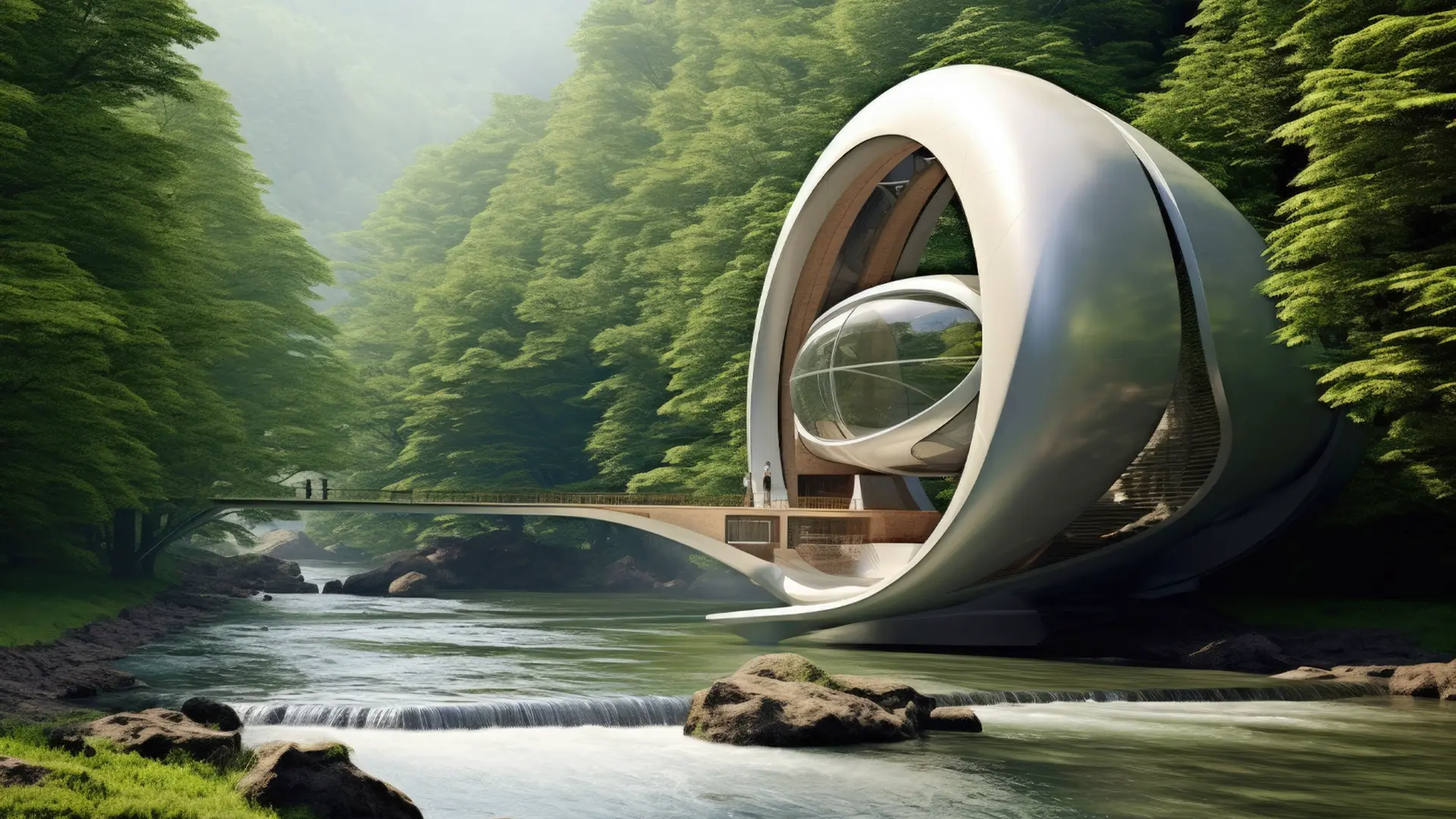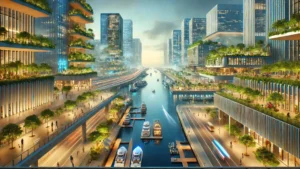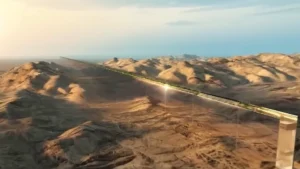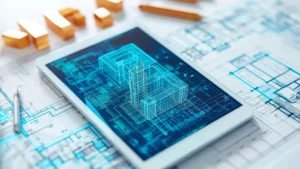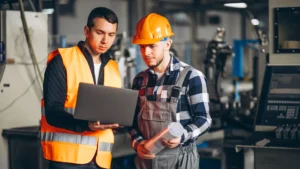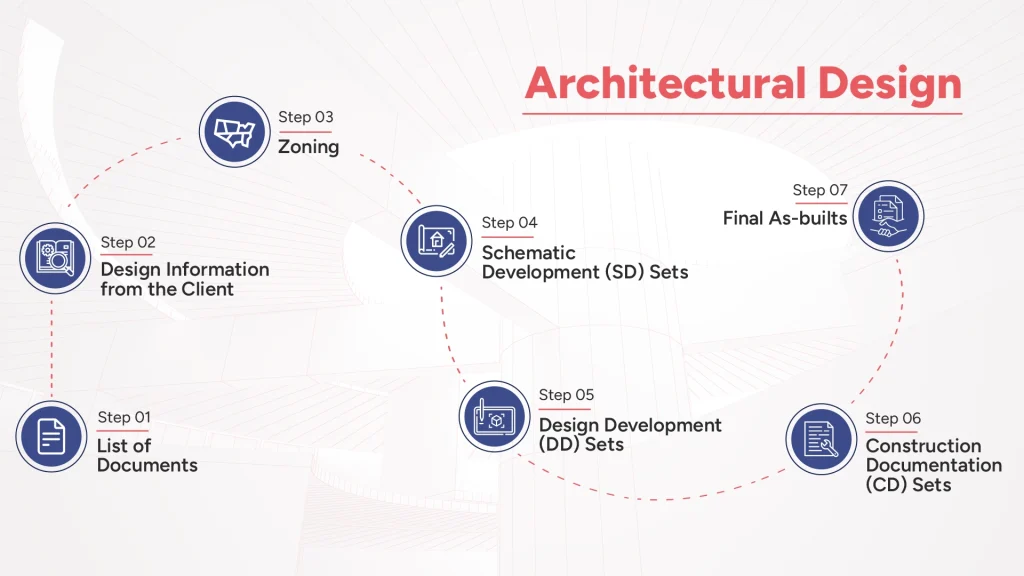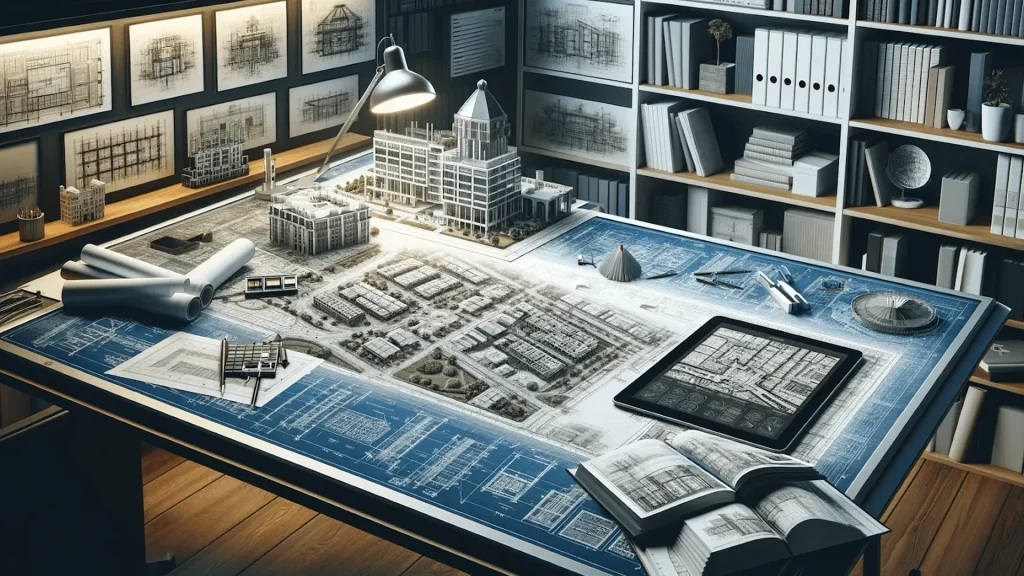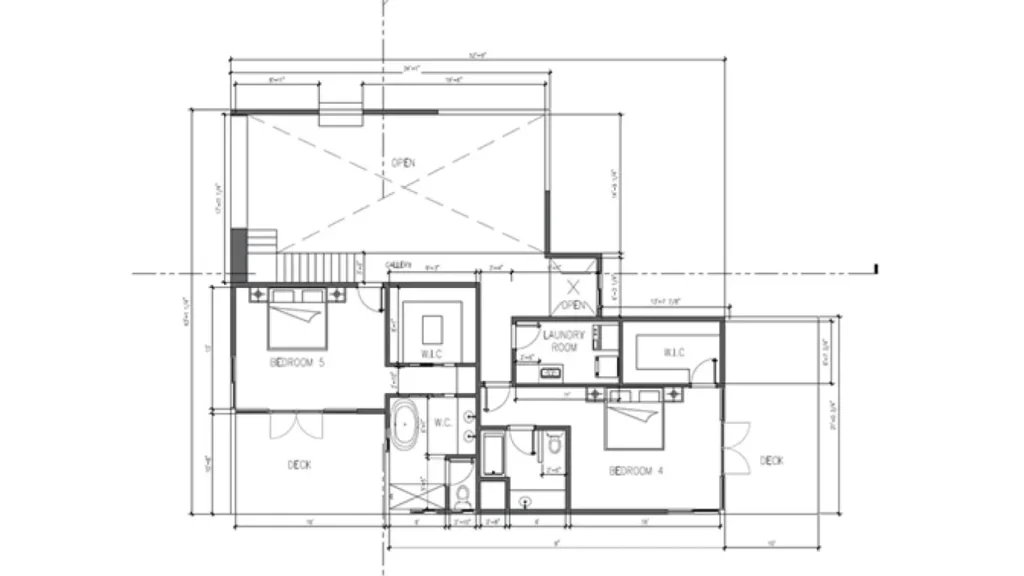5 Architectural Trends that Will Redefine Urban Living in 2025
Are you an engineer or a contractor? What is your resolution for 2025? You may want to reduce the carbon emission of your next project or are looking forward to working on a design with automation being the top priority. Whatever the case, knowing what is trending at the moment is the safest bet to become a part of the ever-changing architectural industry.
In today’s blog, we will provide you key insights into the most significant and boldest moments that the next year will introduce in the field of architectural design.
5 Architectural Trends that Will Dominate 2025
Stay ahead by embracing these trends and becoming a leader in the ever-evolving architectural landscape.
1. Sustainability Beyond Net Zero
The erection of a building utilized a massive amount of resources. Today, sustainability in construction does not only mean utilizing safe materials that do not pollute the environment.
Everything can be controlled to reduce carbon emissions, from the transportation of the materials to the resources used during the construction process. With sustainable practices, one can adopt a construction plan that minimizes and even nullifies the carbon footprint of the building.
Using materials like Terracotta, which are recyclable and last longer, is another practice that should become a norm. Terracotta is made from natural clay. It is a multi-purpose material that can be used in the facade, roofing, and even as bricks.
Another way to minimize environmental damage is to source materials locally rather than buying them from multiple vendors.
Building carbon-neutral structures can help maintain the ecological balance. During the planning phase, the energy system should be optimized for efficiency by incorporating enhanced natural lighting and vents for proper ventilation.
2. Biophilic designs for Workplaces
We as human beings have been wired to stay outdoors since the time of our forefathers. However, today’s urban dwellers spend 90% of their time indoors. This makes it a prerequisite to design spaces where our need to connect with nature is met.
Biophilic designs in architecture enhance your experience by helping you stay in touch with nature, resulting in improved well-being.
Such designs will have enhanced airflow, exposure to natural light, and cooling/heating to maintain an environment that mimics nature.
It requires using materials close to nature and not just outdoorsy elements within the space but also patios and balconies.
When the workplace is designed with nature in mind, the employees undergo reduced stress and feel motivated to come to the office. After the post-covid era, people are reluctant to work from the office, making nature-driven designs a must.
3. Advanced Tools in Architecture & Design
AI is transforming the construction industry by offering solutions that were previously unimaginable. With the help of generative AI, architects today can create multiple iterations of the same concept and address every aspect of a building’s structure and functionality.
AI also provides ease with the option to automate tasks and get insights that are only possible after the execution of the construction process.
Today, we also have AI-driven robots that can perform at thrice the speed of human workers, making masonry a cakewalk. Whether surveying, inspection, or brickwork, they perform better by reducing errors and improving safety.
4. Regenerative Architecture
Regenerative architecture takes sustainability to the next level. It treats the building as an extension of the natural environment itself. So rather than trying to reduce the damage that happens during the construction process, regenerative architecture introduces designs that benefit mother nature in some manner.
For example, The building will include trees that will provide birds with a new home instead of displacing them, improving the prospects for the fauna.
To promote natural balance, these designs use elements that help the local flora and fauna to thrive. It will also supply the soil with nutrients instead of functioning as an agent for its degeneration.
The building with green roofs and vertical gardens is an excellent example of regenerative architecture.
Replenishing natural resources is another feature of this type of construction. Rainwater harvesting systems and renewable energy are prerequisites for such structures.
Such buildings are also designed to fight the climate’s wrath. With materials and technologies like cross-laminated timber and 3D-printed construction, one can be ready to face climatic changes while the structure stays intact.
5. Adaptive Reuse
What if you could turn a long-forgotten degrading structure into a shiny new building? That’s what adaptive reuse does. After an inspection, a contractor can decide to rebuild an old structure to adapt to the existing needs of the city or community.
Today, due to the need for land to erect new structures, developers often have to create new buildings outside the city, leading to a loss of natural cover. This phenomenon is called urban sprawl. When renovating and using an old building, we save money and preserve the structure’s legacy.
A great example of adaptive reuse is the Tate Modern in London, which was initially a power station and now serves as a modern art museum.
The reuse of old structures benefits both the environment and the population immensely. It allows us to save our history and reduce environmental damage and infrastructure expenses. Also, it leads to a close-knit community rather than a scattered population living in isolation.
FAQs
What are the current trends in architecture?
Right now, modular construction, the use of smart materials, Advanced 3D modular construction, and AI optimized designs are on the rise.
What is the current trend in architectural 3d rendering?
AR, VR, and other immersive technologies are the hype in the 3D rendering niche.
What is the latest technology used in architecture?
Advanced BIM models, 3D modular construction, digital twins, and generative and IoT-driven design are some of the latest technologies thriving in architecture.
Conclusion
Urban architecture is undergoing immense transformation, with sustainability, innovation, and human-centric designs taking center stage in 2025. The future of architecture is all about building harmoniously with nature while addressing modern needs. Achieving net-zero carbon emissions, embracing biophilic designs, and adopting regenerative and adaptive reuse practices should be on top of mind.
As a contractor or engineer, your role shapes this vision. By integrating advanced digital tools and sustainable methodologies, you can create structures that enhance well-being and leave a positive ecological footprint. The path forward lies in blending innovation with responsibility, ensuring that every project serves both people and the planet.

